The Tenuta di Biscina Farmhouse enjoys an excellent location, at the epicenter of numerous tourist destinations, cities rich in history and medieval villages.
Among the major nearby cities we find Gubbio, Città di Castello, Perugia, Assisi and Foligno, each of them dotted with numerous characteristic villages that echo the past centuries, with their corners of art and history.
Among the most beautiful and characteristic cities of Umbria, Gubbio offers its visitors a series of beautiful places to discover, starting from the Cathedral, inside which it is possible to admire wonderful works of Eugubine artists of the sixteenth century. In front of the Cathedral instead we find the Palazzo Ducale, dating back to the second fifteenth century, erected by the Duke Federico di Montefeltro.
Piazza Grande, with its symbolic Palazzo dei Consoli with its imposing Gothic style, offers a panoramic view of the Eugubine territory of unique beauty.
Inside the Palazzo dei Consoli, the municipal museum houses the 7 “Eugubine Tables”, the most important document for the history of the Italic peoples, dating back to between the 3rd and 2nd centuries BC.
Outside the ancient city walls you can admire the Roman Theatre, which during the summer hosts numerous classical performances, dating back to the 1st century BC and later restored between 1800 and 1900
Speaking of the “city of madmen”, not everyone knows that it is possible to win the “madmen’s license” and the “Eugubine citizenship” by going 3 times around the small fountain in Largo Bargello.
On the top of Mount Igino, reachable by cable car, you can visit the Basilica of Sant’Ubaldo which houses the remains of the saint and the famous candles.
Furthermore, around Gubbio we find numerous characteristic villages rich in history, surrounded by the wonderful Eugubine landscape, such as Valfabbrica, Fossato di Vico, Gualdo Tadino, Sigillo, Scheggia, Costacciaro.
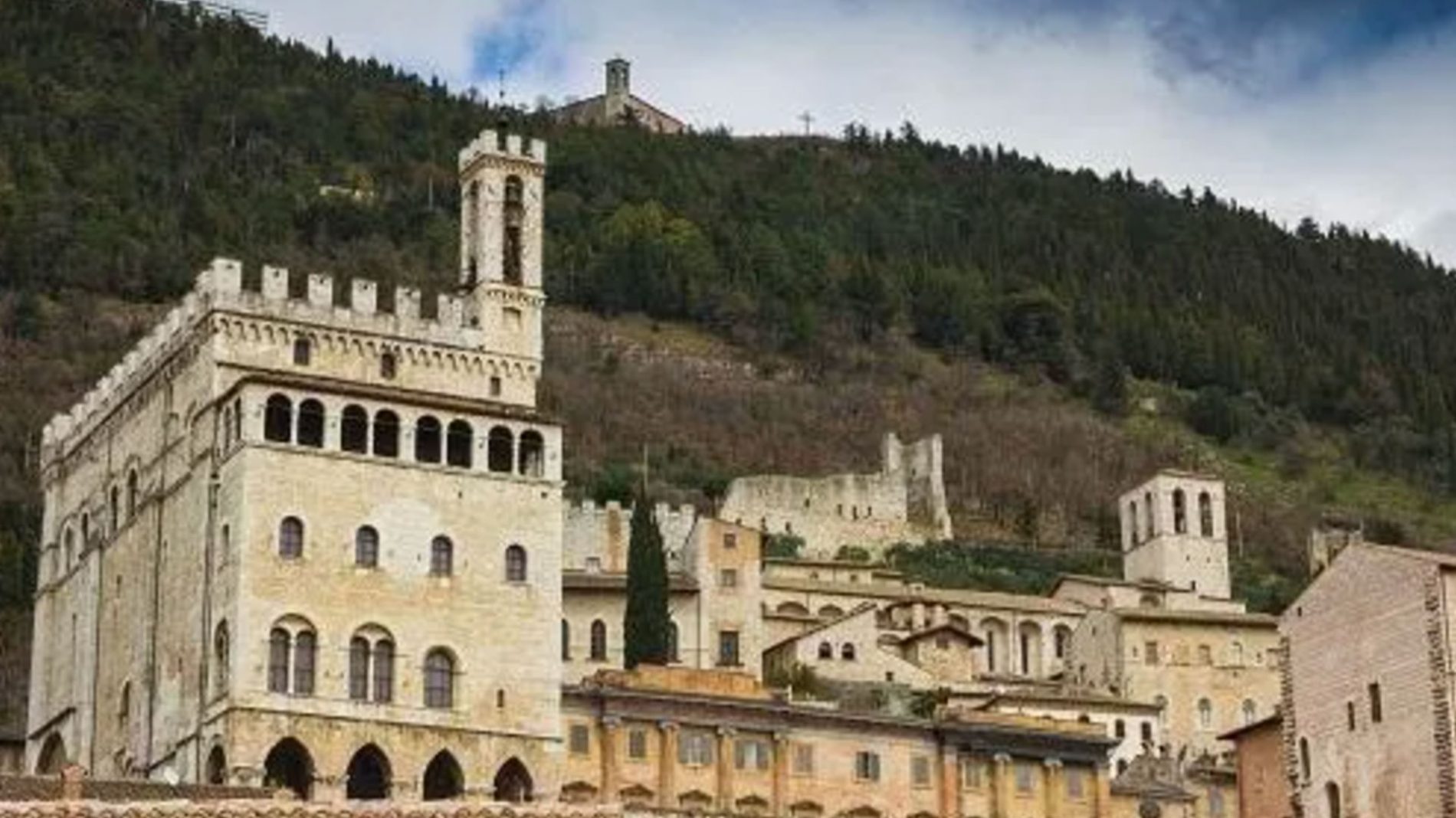
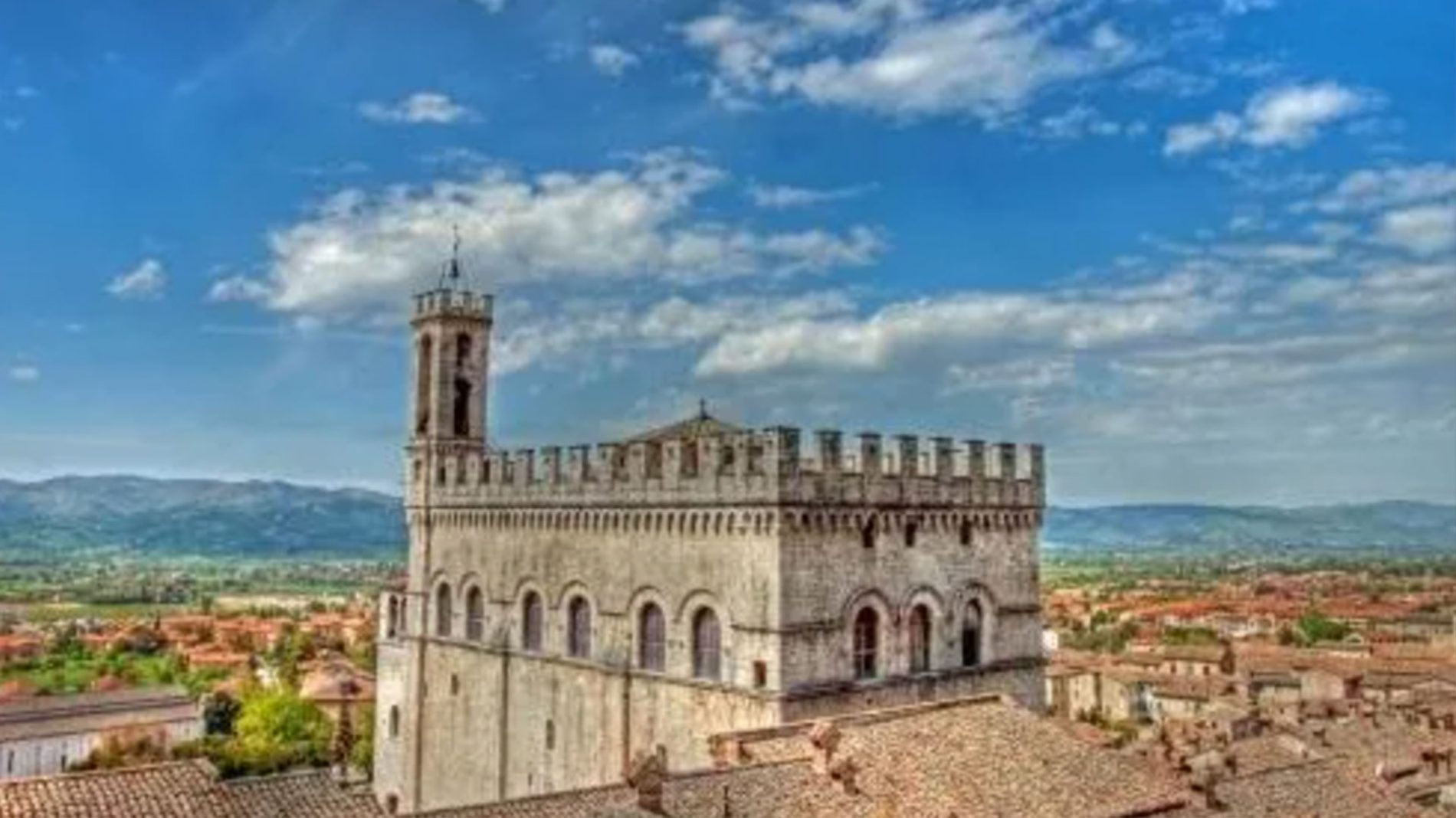
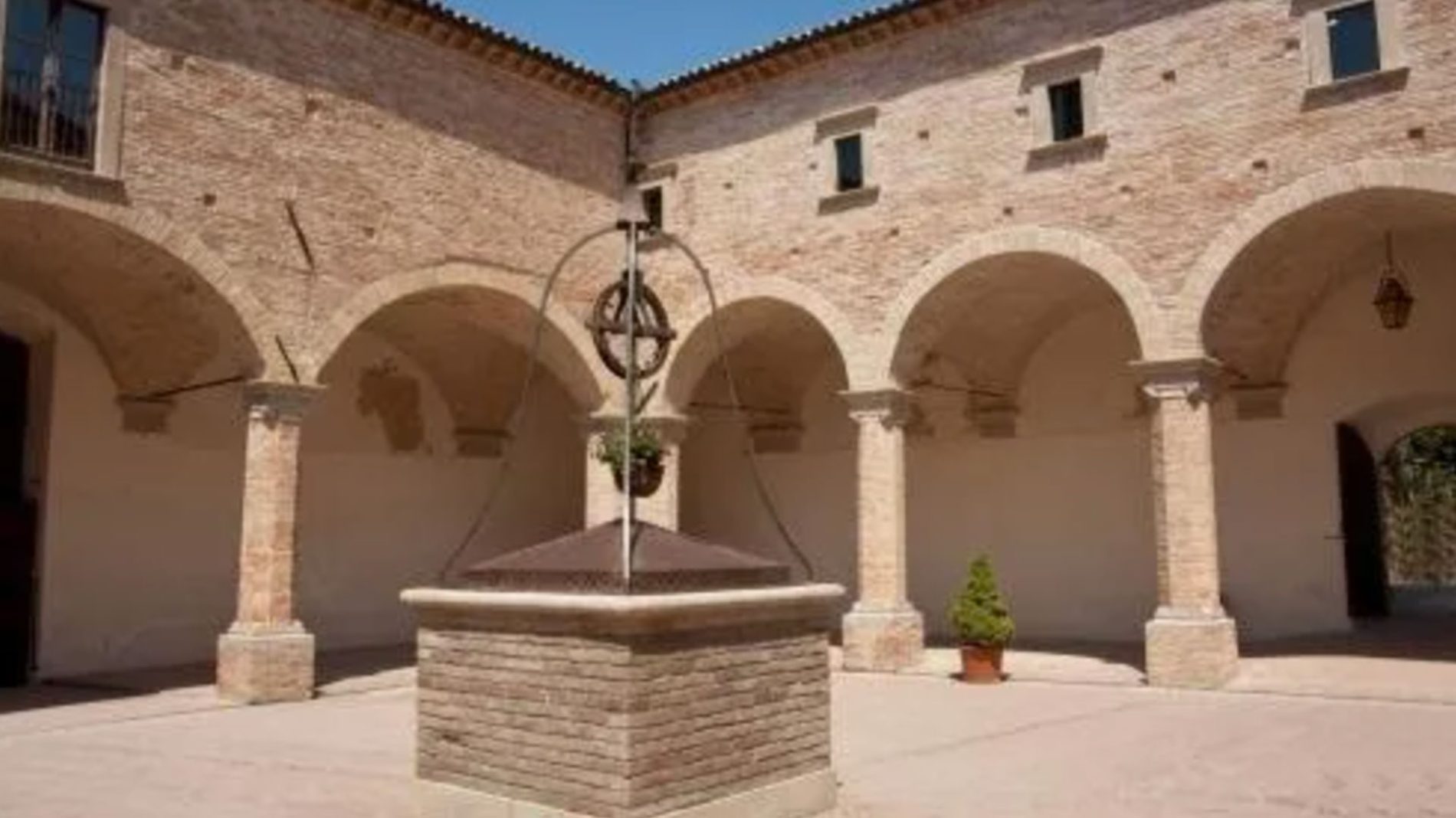
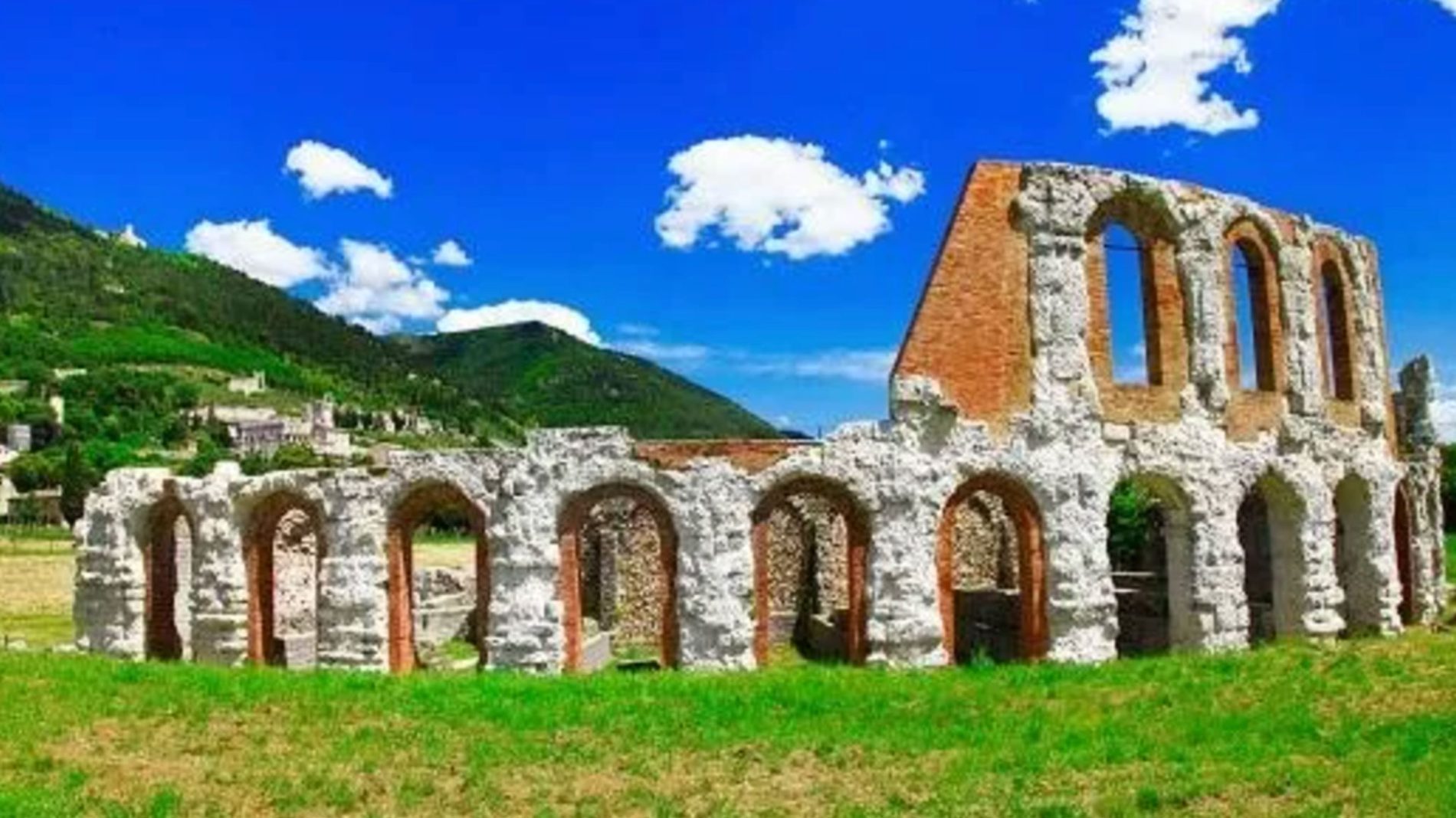
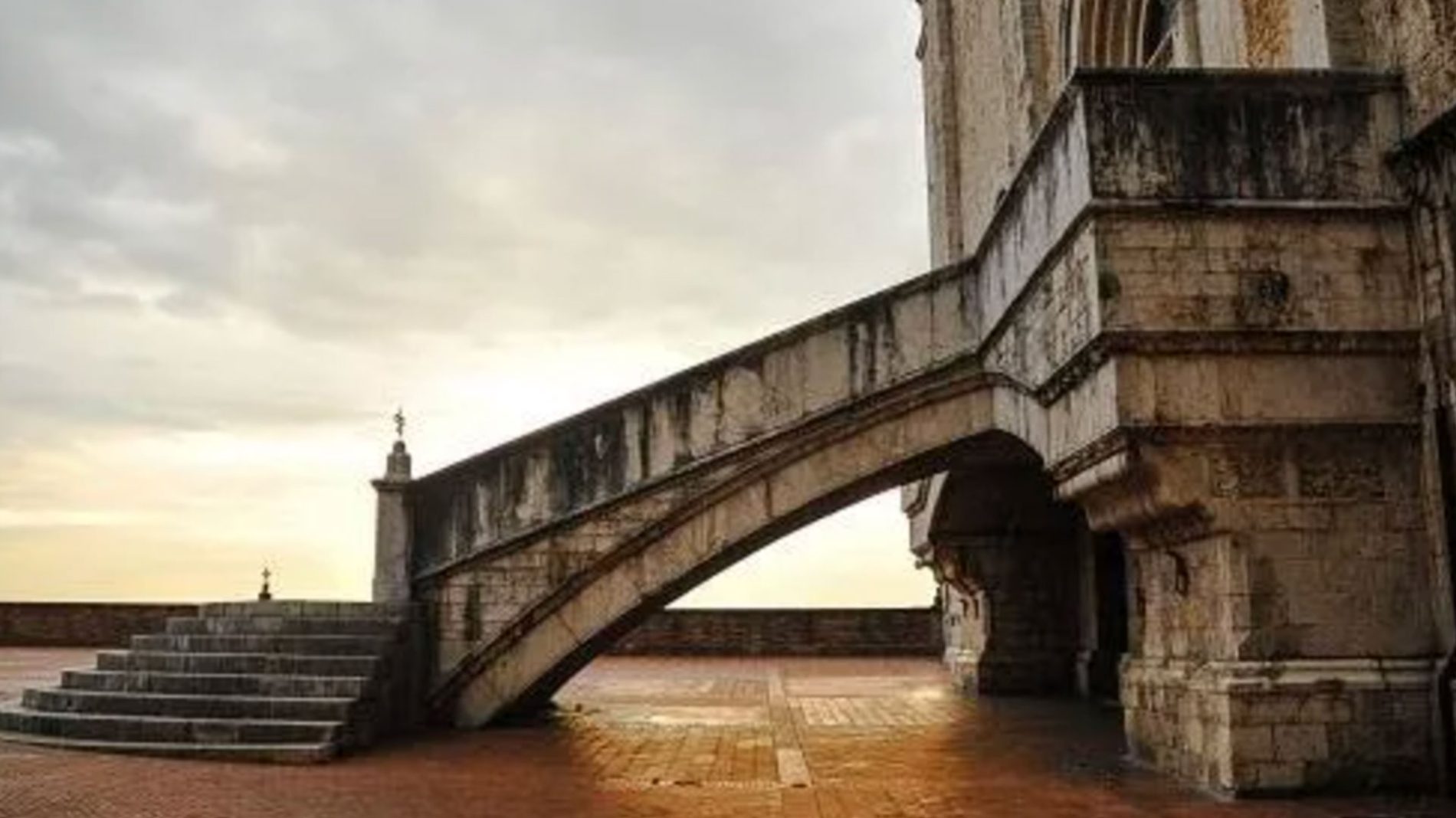
Assisi, famous above all for being the birthplace of Saint Francis and Saint Clare, attracts thousands of tourists every year thanks to its artistic, archaeological and historical heritage.
A UNESCO World Heritage Site is the Basilica of Saint Francis, a true architectural masterpiece and treasure of Italian sacred art. In the Basilica you will be enchanted by the most famous frescoes in the world signed by Giotto which narrate the life of the saint as well as other frescoes by the masters of the 13th and 14th centuries, in particular Cimabue and Jacopo Torriti, the stories of Saint Francis painted by Simone Martini and the stories of the Passion of Christ painted by Pietro Lorenzetti.
From the Basilica, the visitor walking through the streets of Assisi can reach the Piazza del Comune where the Temple of Minerva, the Torre del Popolo, the Palazzo del Capitano del Popolo and the Palazzo dei Priori overlook.
The next stop is the Gothic-style Basilica of Santa Chiara where you will find the relics of the Saint and the Crucifix that spoke to Saint Francis.
Going up to the upper part of Assisi you can visit the Church of San Rufino and the Church of San Lorenzo to then reach the top of the mountain where the Rocca Maggiore stands.
The walk through the narrow streets and steep climbs of the historic center make you savor the true essence of Assisi and its spiritual and fascinating atmospheres.
The visitor to Assisi cannot forget to visit the Basilica of Santa Maria degli Angeli, considered the seventh largest Christian church in the world. It is located 4 km from Assisi and inside it is incorporated the Porziuncola, where Saint Francis often gathered in prayer, next to the Basilica there is finally the Cappella del Transito, where Saint Francis died.
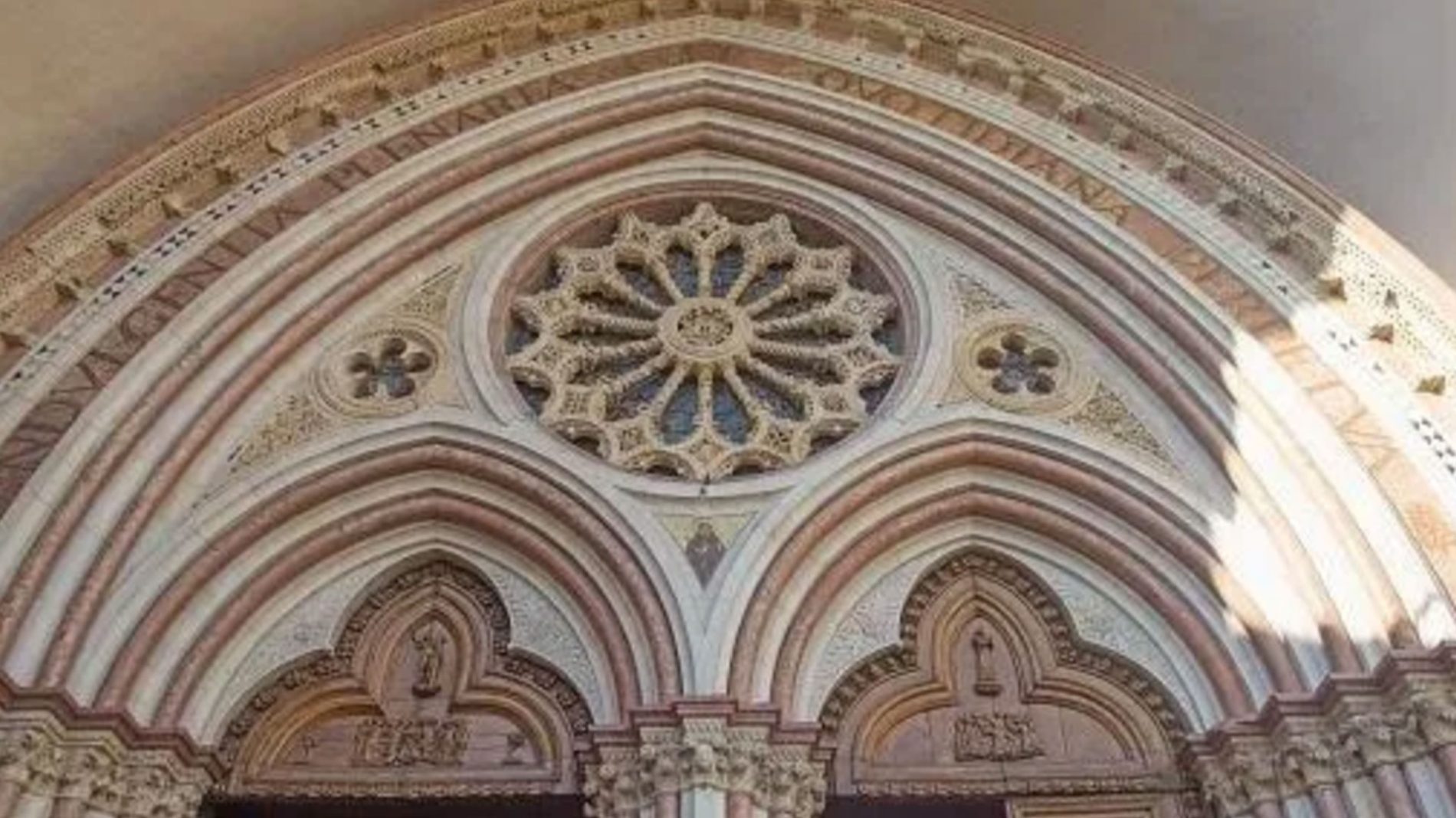
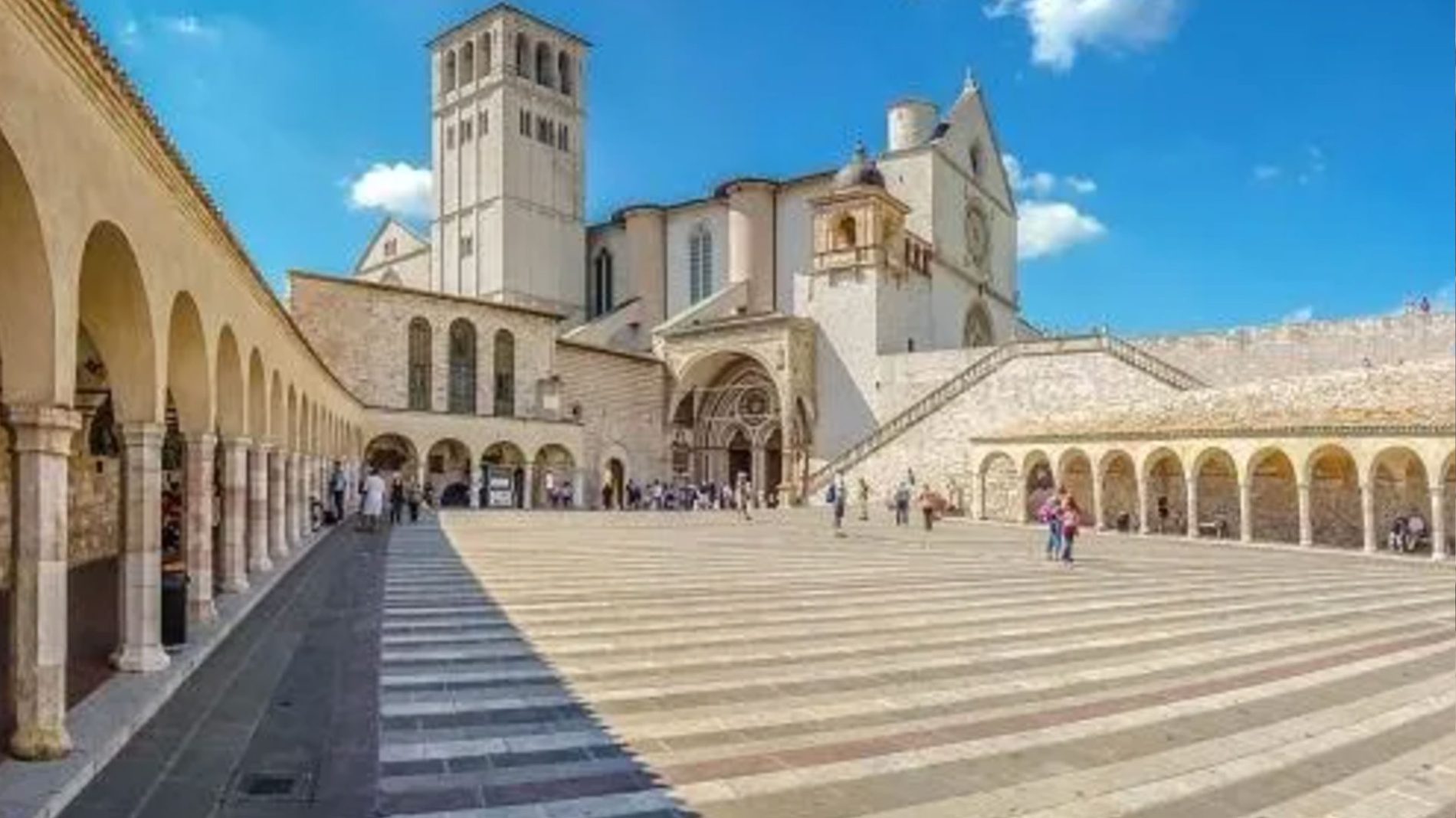
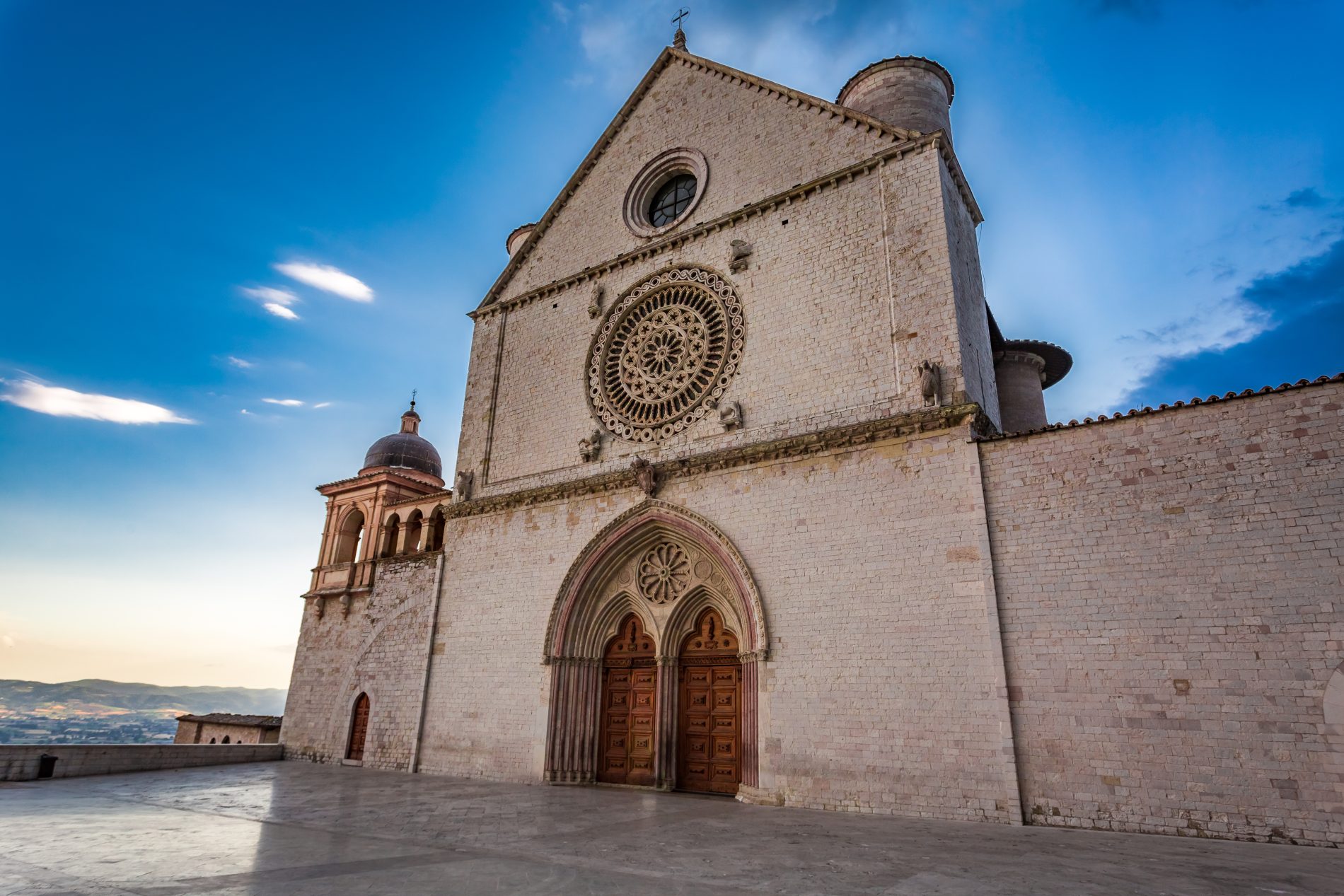
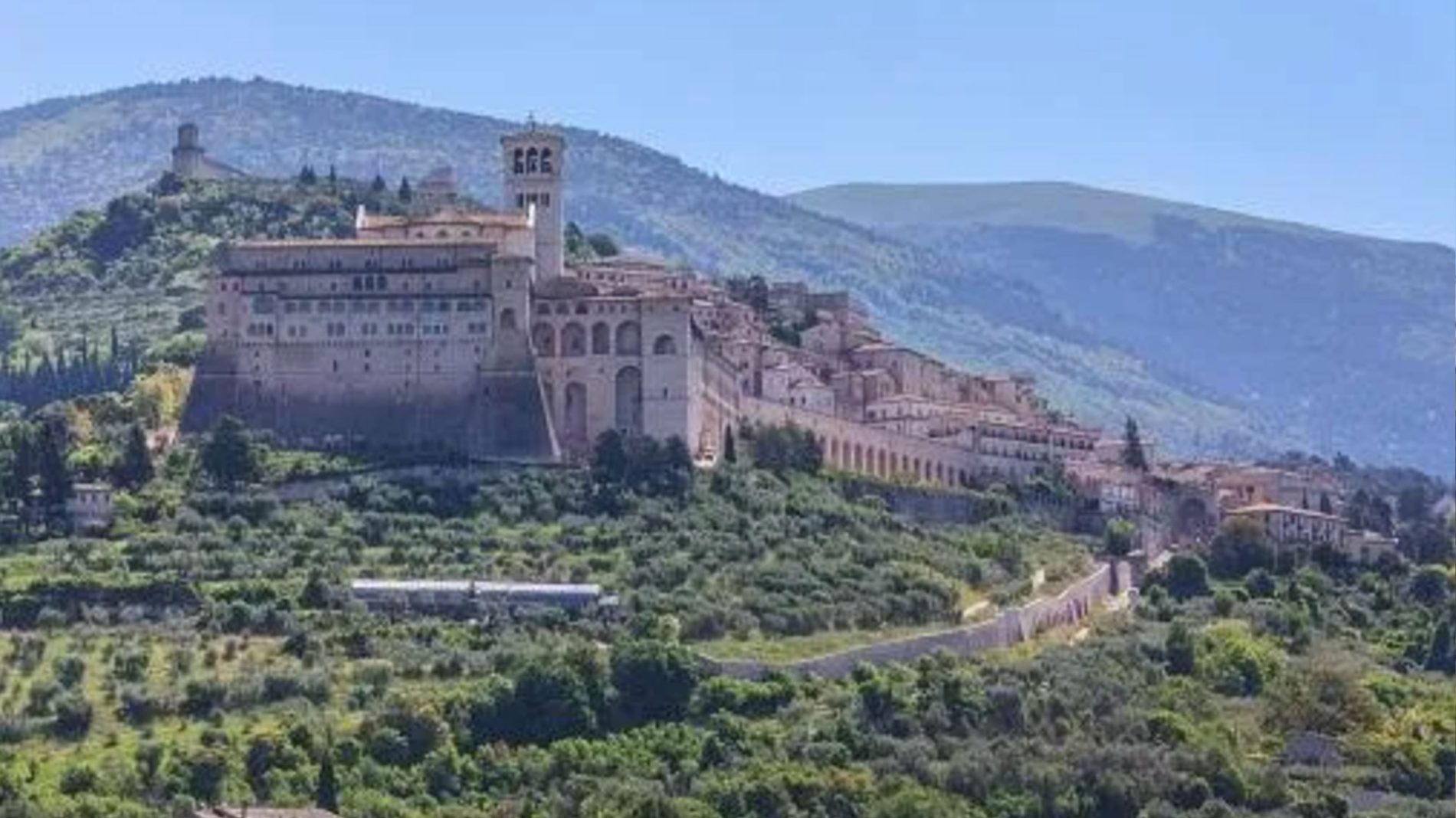
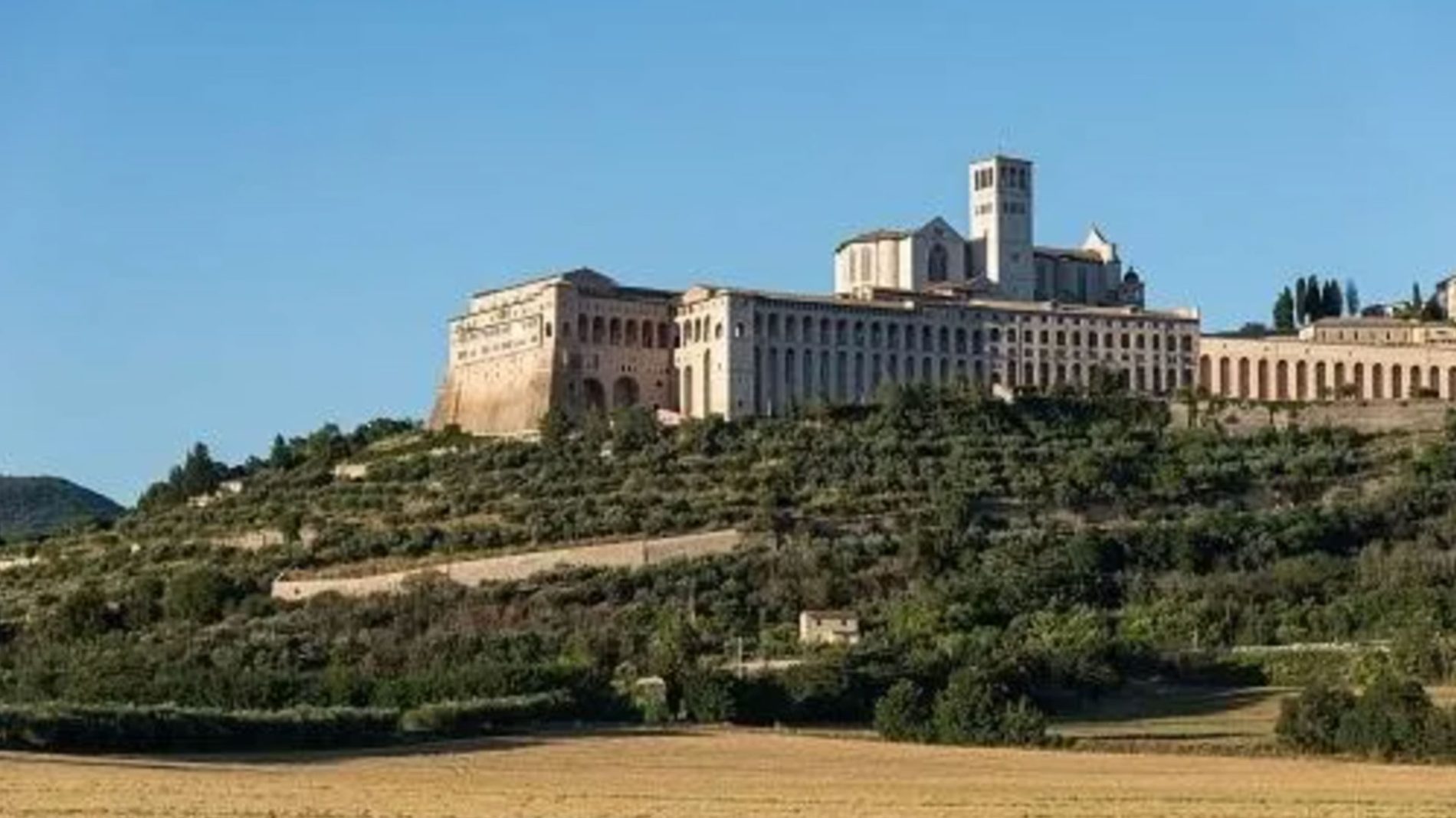
Perugia is famous for 3 things, Umbria Jazz, Eurochocolate and the paintings of Perugino. The Umbrian capital, however, has much more to offer to tourists and the most curious and open-minded travelers.
In addition to the events not to be missed during the year, in Autumn the Chocolate Festival and in Summer you can breathe the vibrant atmosphere of Umbria Jazz.
Perugia is also home to illustrious painters such as Perugino and Pinturicchio and over the centuries has welcomed artists, writers and Saints.
Of course Perugia is also appreciated for its extraordinary monuments and the places absolutely to see. Among the monuments we can mention the Cathedral of S. Lorenzo with the Cappello del Santo Anello inside and outside the bronze statue of Julius II and the portico of the Loggia del Braccio.
The Visitor to Perugia cannot help but take a photo of the Fontana Maggiore, symbol of the city and one of the most refined examples of a medieval fountain in Italy.
A walk through the alleys of the historic center is worth it, while you look for Etruscan walls, the well and the Etruscan arch, you can enjoy more typically Umbrian views of the city with brick houses and flower-filled balconies.
In Perugia, the Galleria Nazionale dell’Umbria is not missing, which exhibits masterpieces of art ranging from the 13th to the 19th century, but also works from the 1400s signed by Piero della Francesca, Beato Angelico, Pinturicchio, Perugino and Duccio di Buoninsegna.
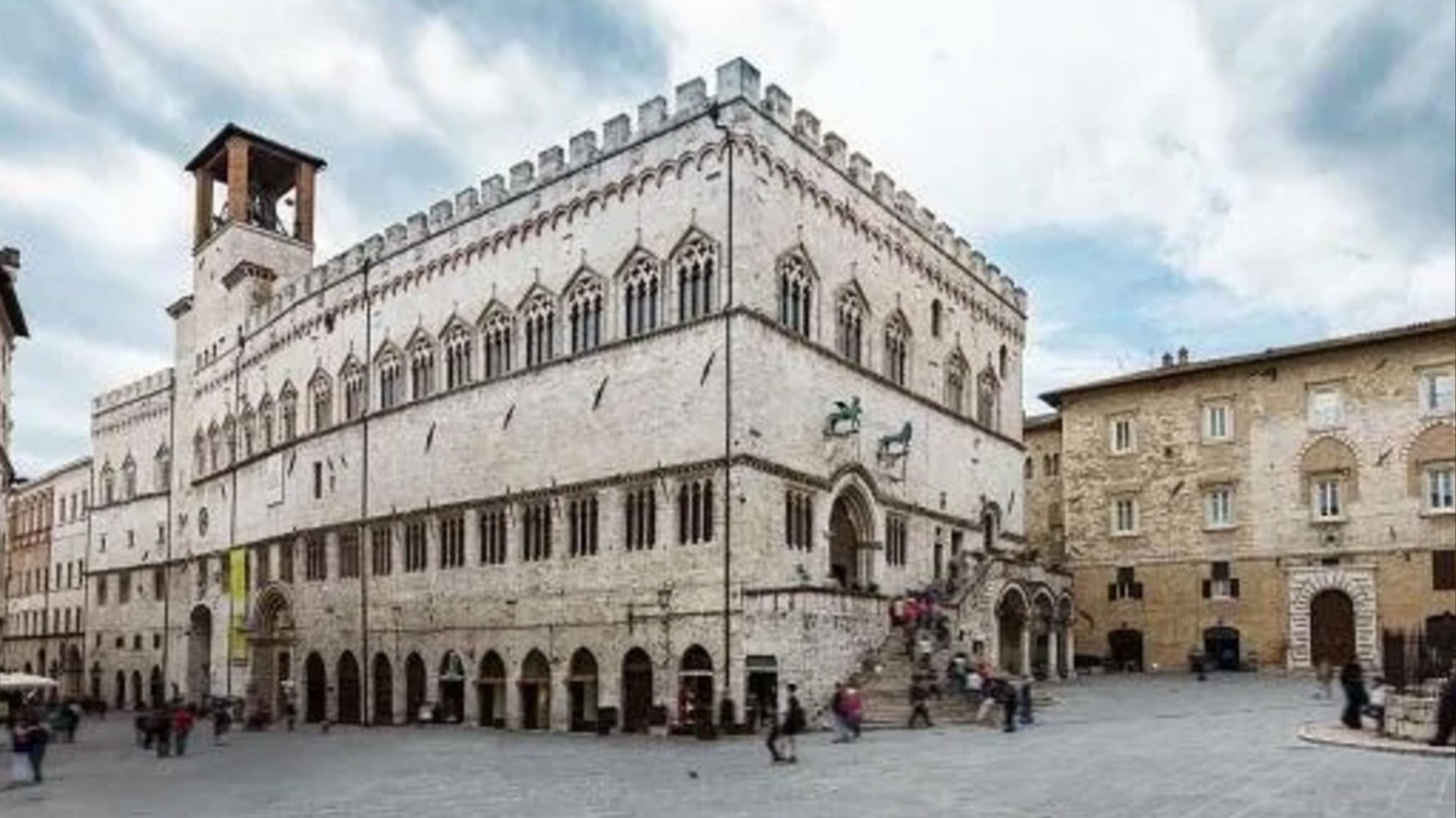
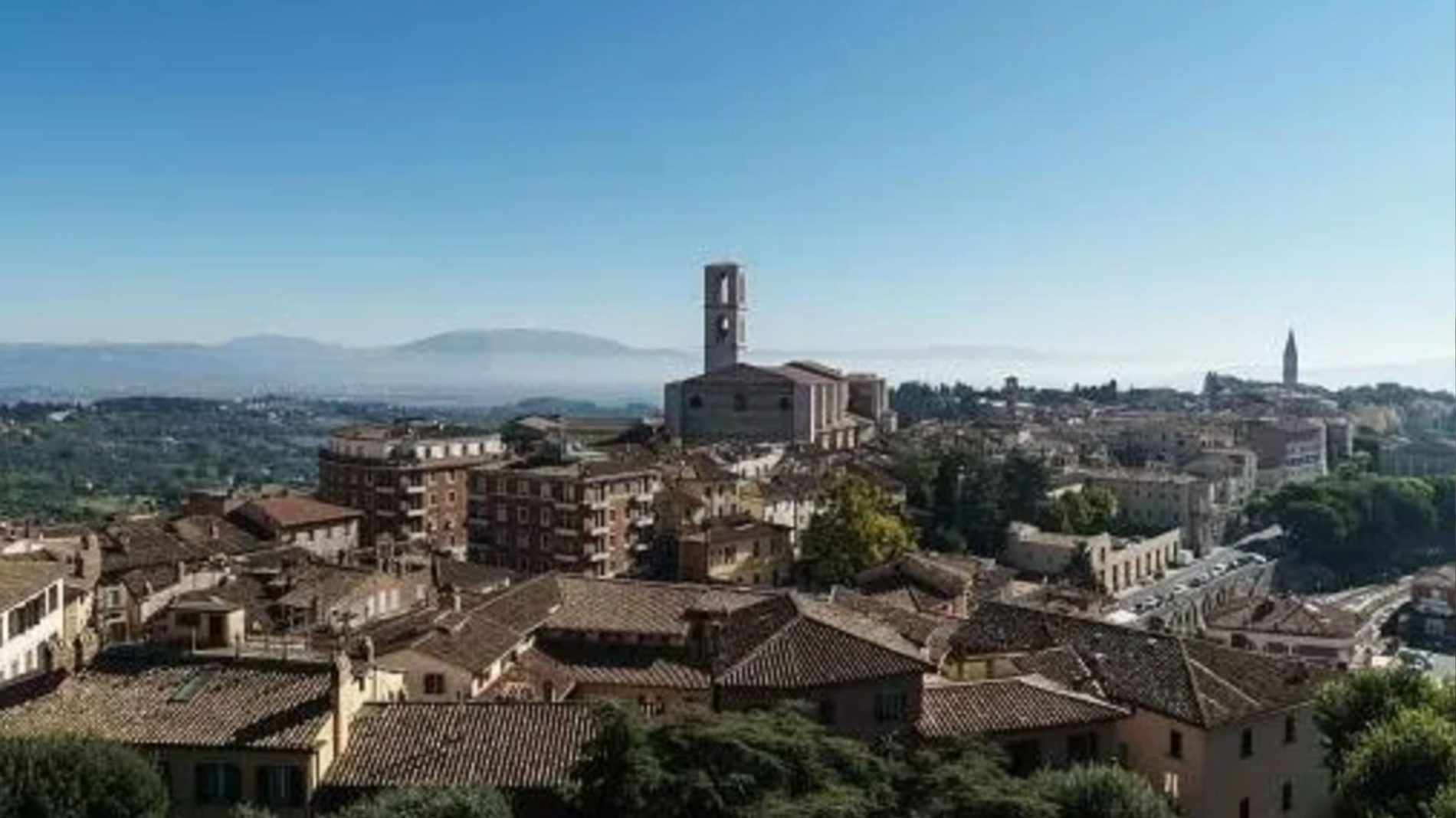
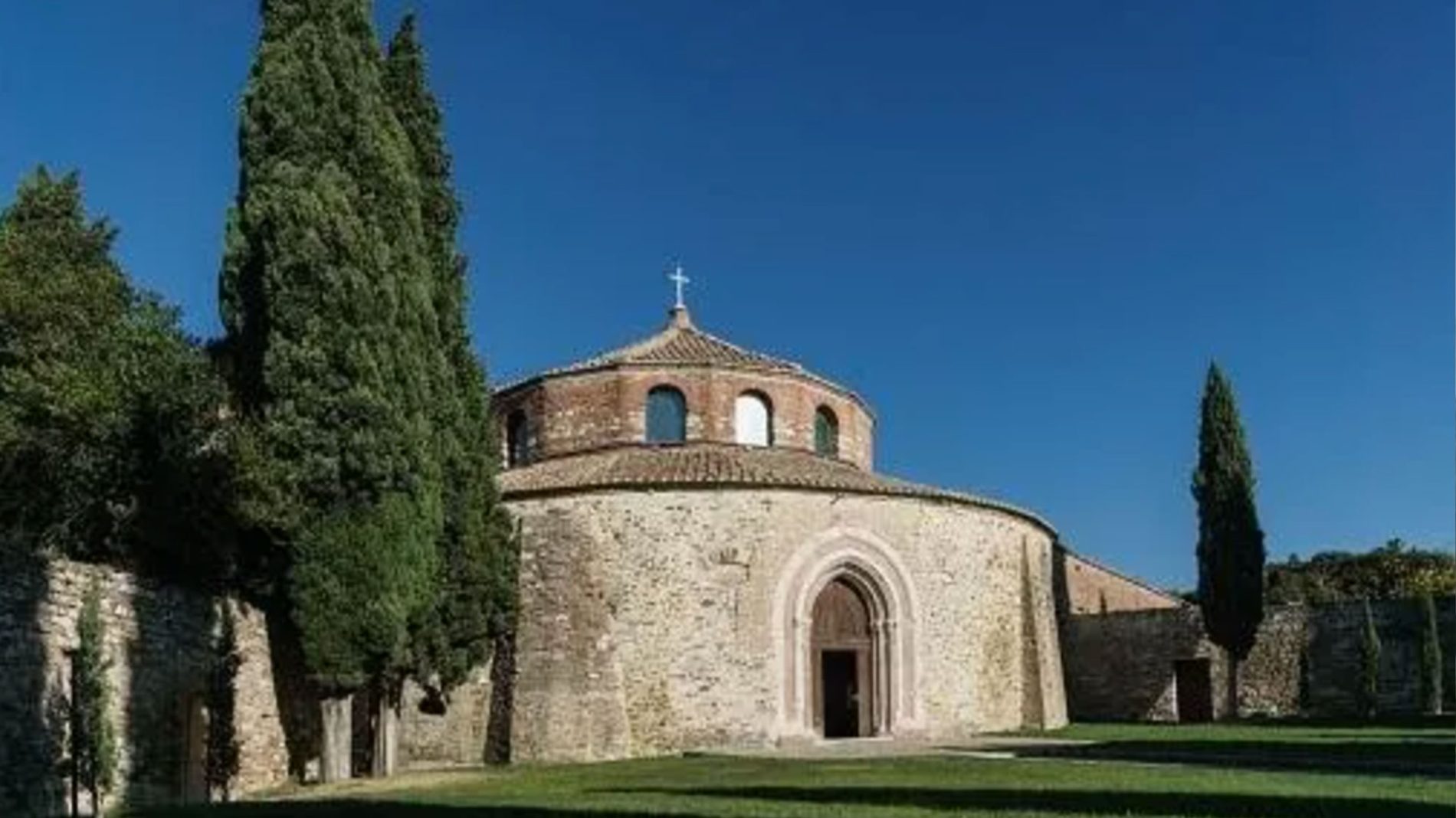
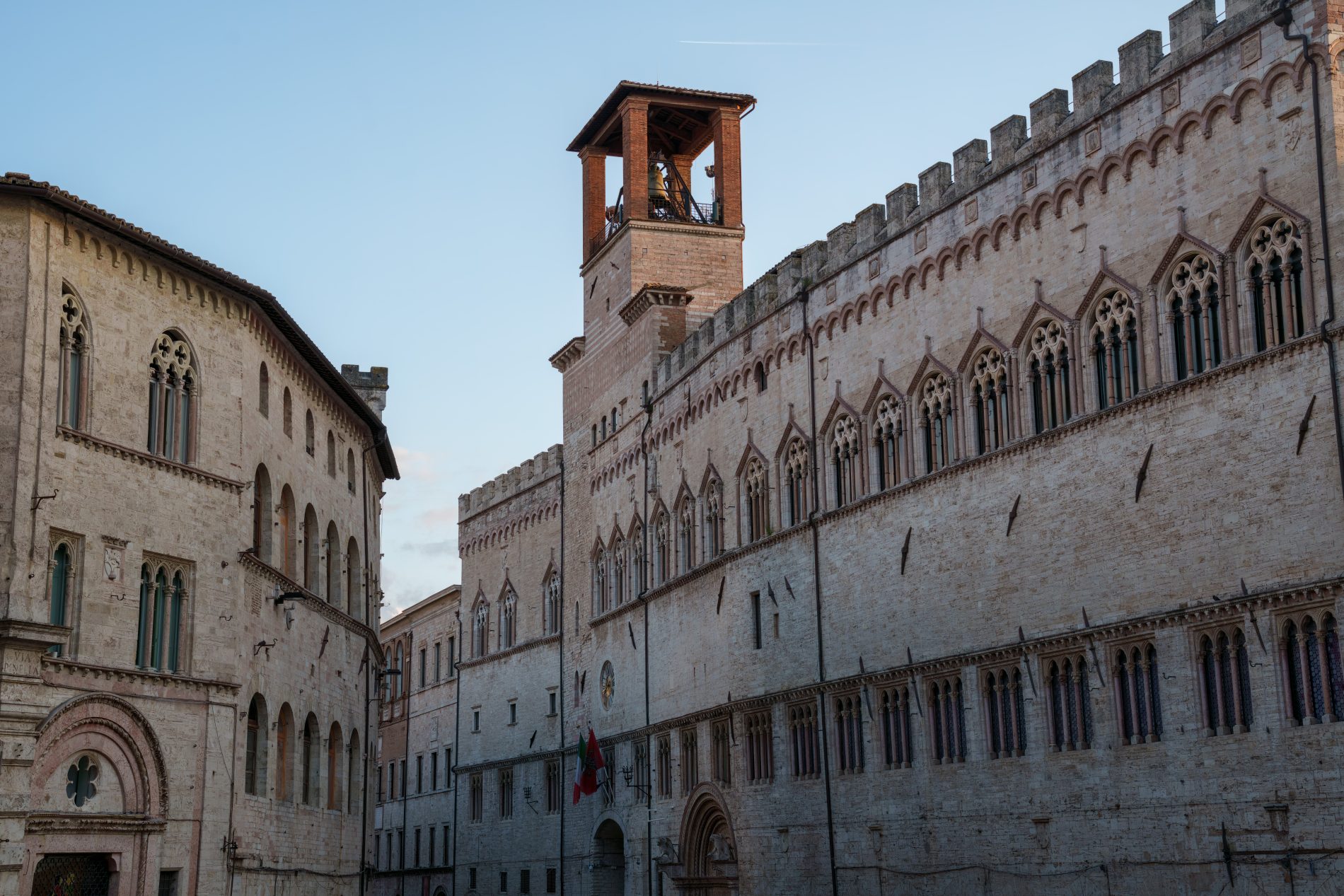
Immersed in the green Umbrian hills, Lake Trasimeno is the fourth largest lake in Italy. On its shores there are villages of breathtaking beauty such as Castiglione del Lago, Passignano sul Trasimeno, San Feliciano, Tuoro sul Trasimeno, Castel Rigone, but the villages located further inland are no less fascinating such as the Etruscan Panicale, Lisciano Niccone and Piegaro.
The visitor can choose to start the tour by ferry on the islands: Isola Maggiore, Isola Minore and Isola Polvese. The largest is Isola Polvese, which can be visited freely and offers visitors some ruins of the Olivetan Church of S. Secondo, the church of S. Giuliano and the Rocca.
The only inhabited island is Isola Maggiore, here there are different things to see, you start from the main square and going up the streets of the island you come across the windmill, the church of San Salvatore, the ruins of the monastery of the Sisters of San Leonardo, the Scoglio di San Francesco and so on … because few people know but Isola Maggiore was one of the places dear to San Francesco of Assisi who stopped there and meditated during Lent in 1211. Isola Minore is private and not visitable.
After the islands we recommend you travel the perimeter of Lake Trasimeno to discover its views: Castiglione del Lago and Passignano, are two enchanting towns. For bike lovers there are interesting itineraries to visit the lake.
Instead for the more refined palates around Lake Trasimeno you can find a wide choice of restaurants with many specialties that almost all feature lake fish!

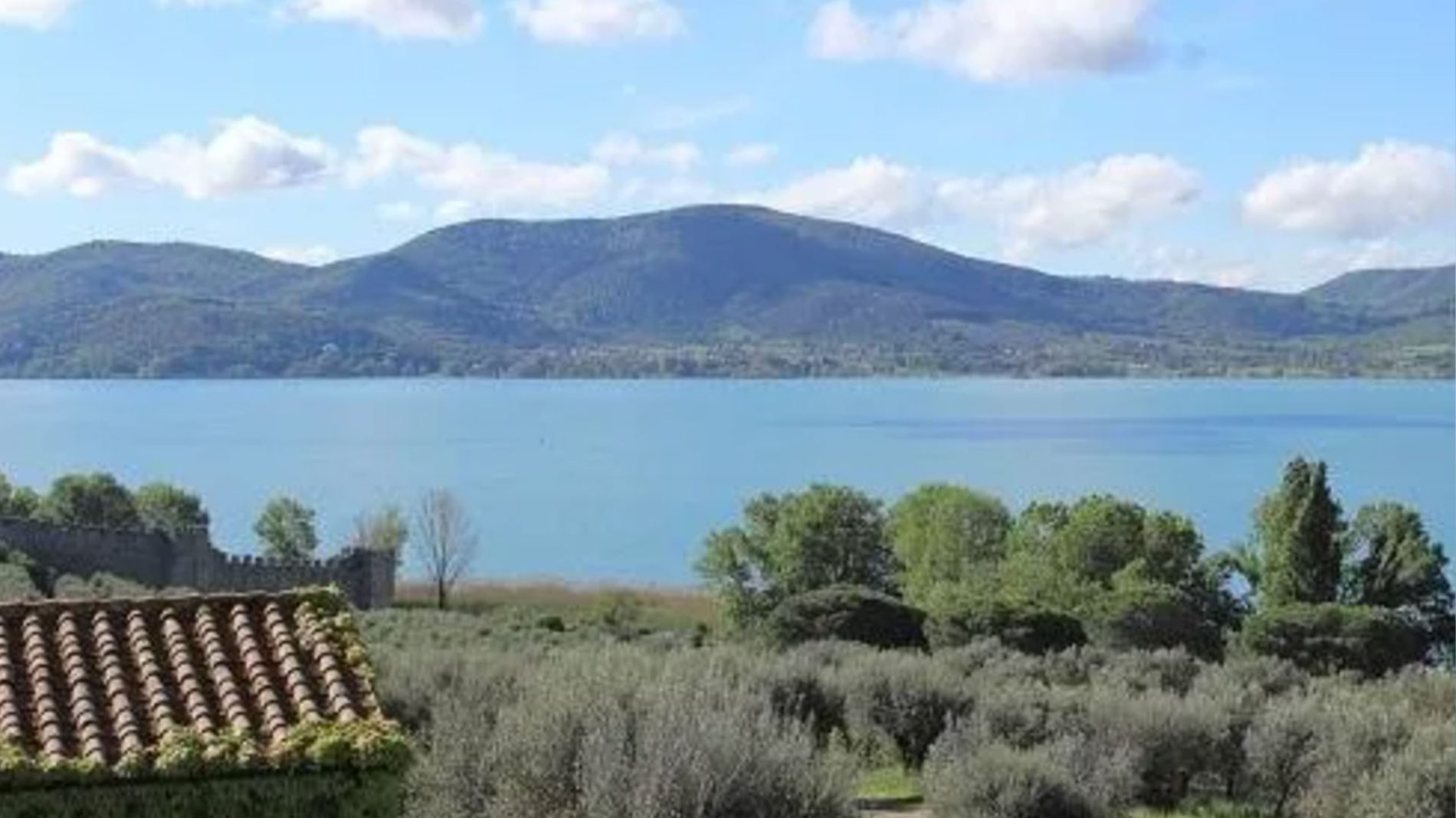
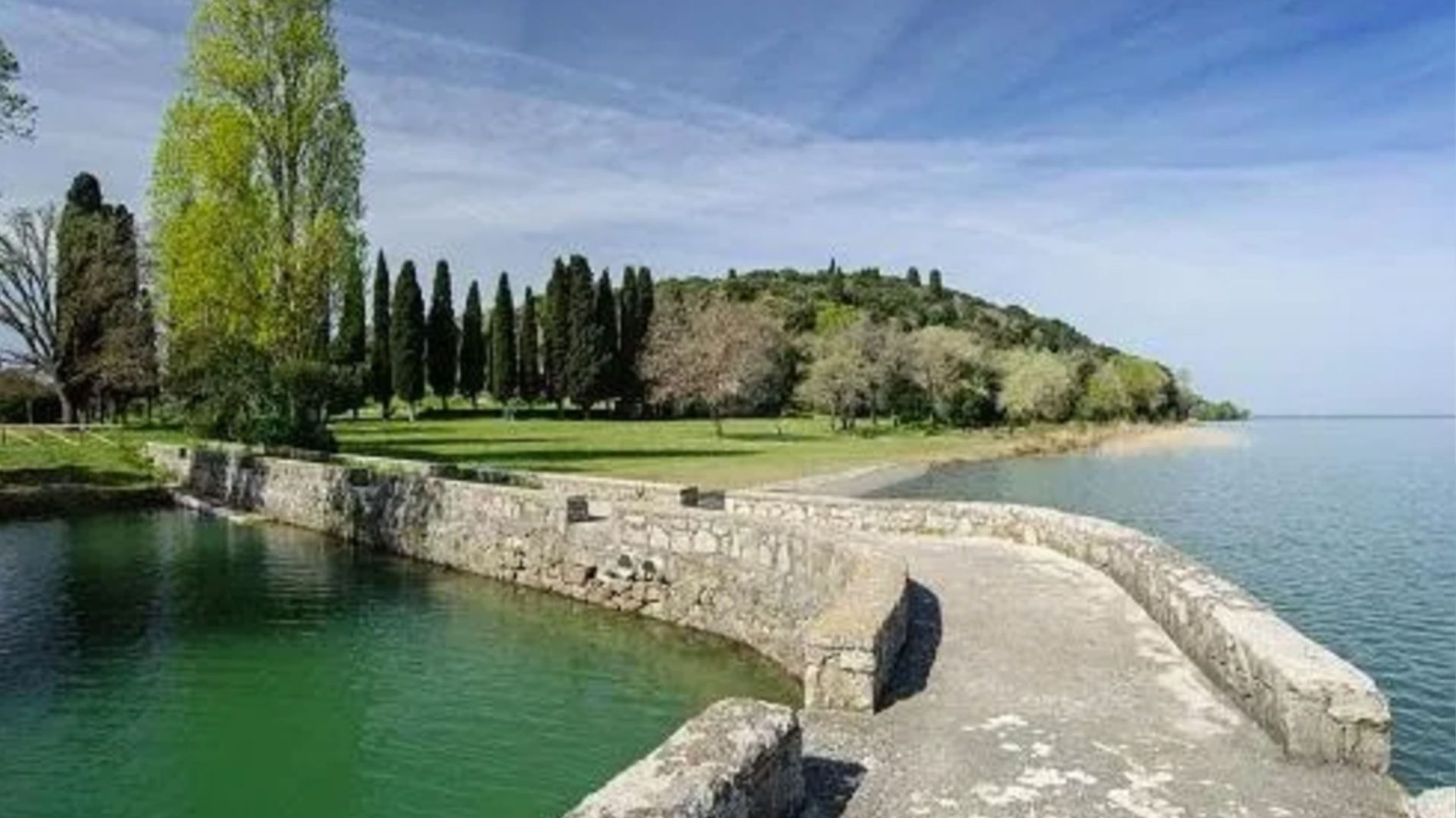
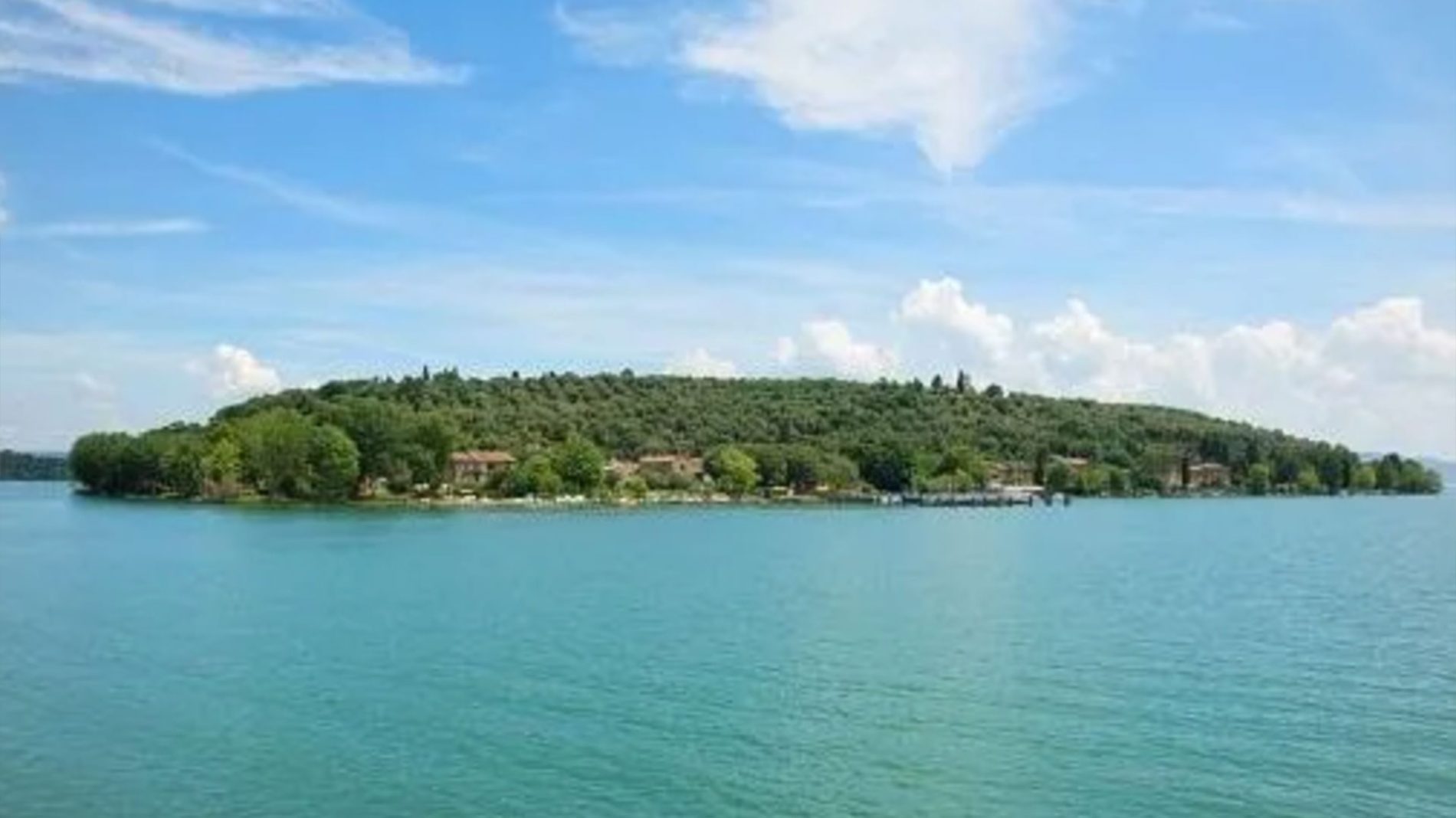
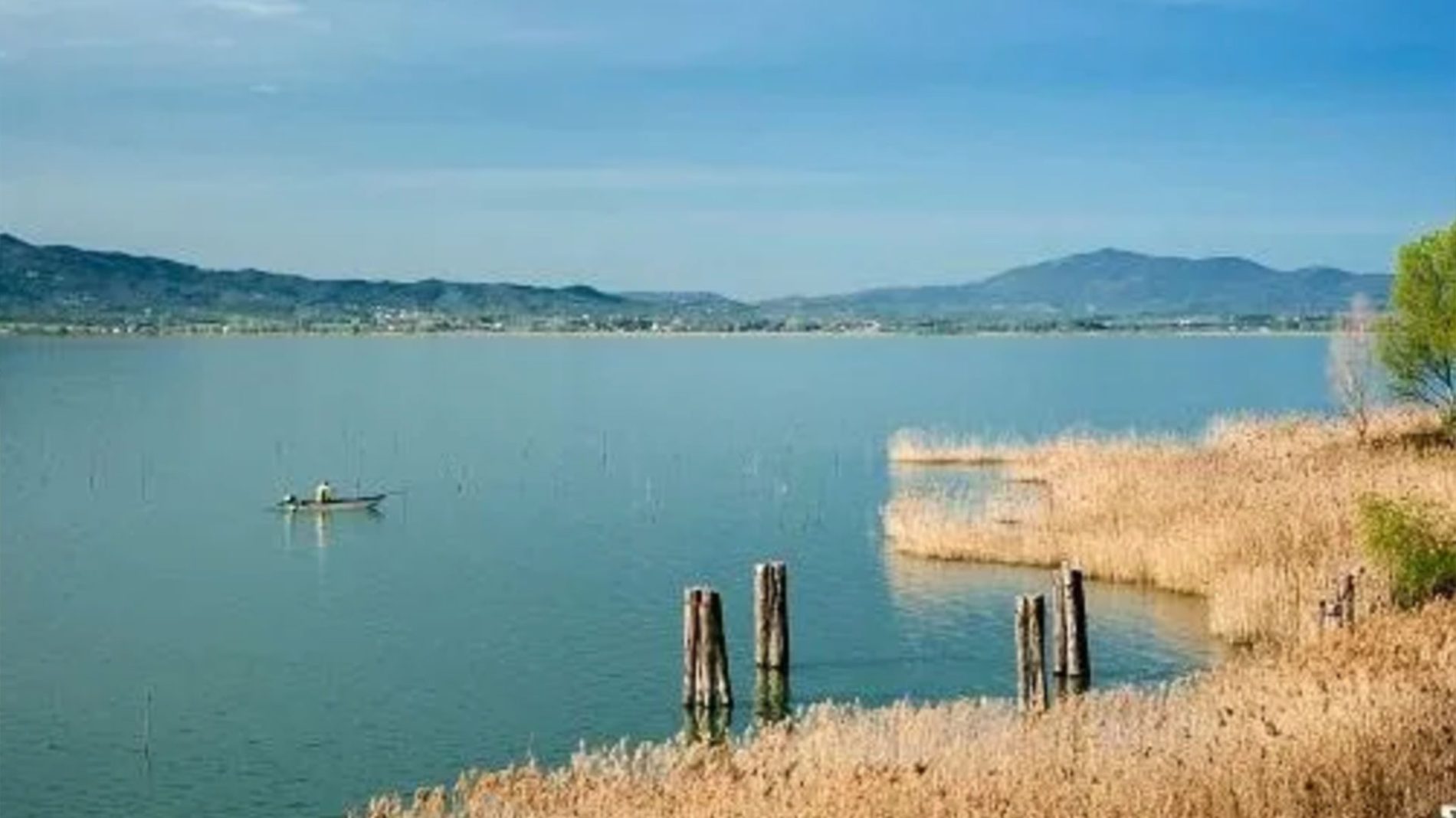
Today Spello is a town of 8,600 inhabitants and is considered one of the most beautiful villages in Italy.
The lower part still partially preserves the Roman Walls that boast three gates, which are the Porta Urbica on Ma Roma, the Porta Consolare on Piazza del Mercato and finally Porta Venere, decorated by two imposing towers, known as the Torri di Properzio.
The Roman church is an unmissable place to visit during your stay in Spello in the Roman House of the 1st century AD, which remained hidden until 1885 and was then brought to light thanks to excavations carried out under the Town Hall, at the time an elegant villa. The remains of the amphitheater and the Arch of Augustus complete the series of Roman vestiges.
Another place to see is Villa Costanzi, also known as Villa Fidelia, structured in terraces according to the will of the Urbani family, which today hosts cultural events and concert performances set in the beautiful internal park, where there is a palace where exhibitions of internationally renowned artists such as Guttuso, Tamburi, Ligabue and Tiziano are regularly held, for those interested.
Palazzo dei Canonici is the ideal destination for lovers of 360-degree art, where there are the Civic Museum and the Art Gallery, melting pots of ecstatic works among which stand out a Madonna enthroned with Child, the large triptych of the Maestro dell’Assunta di Amelia and the fourteenth-century processional cross by Paolo Vanni, without neglecting the panel of the crucified Christ by Niccolò Alunno and Pietro di Mazzaforte.
In addition, you can contemplate precious pieces of goldsmithing, fabrics, sacred objects and the urn of San Felice, dating back to the eighteenth century.
Worth seeing are the Palazzo Comunale, Palazzo Cruciali and Palazzo Baglioni, three examples of architectural perfection.
To reach the heart of the city of Foligno we recommend following the path of the Topino river and heading to Piazza della Repubblica, where you can admire an extraordinary architectural ensemble consisting of the Cathedral, the Town Hall and Palazzo Trinci.
The Cathedral, dedicated to San Feliciano, the patron saint of the city, is in neoclassical-baroque style. Inside, don’t miss the Museo Capitolare Diocesano and the Crypt of San Feliciano.
Also in neoclassical style is the 13th century Town Hall and flanked by the 15th century crenellated tower. Next to the Cathedral is Palazzo Trinci, home to the Art Gallery. Completed in 1407 and restored in 1949, it has a neoclassical façade and a magnificent Gothic staircase.
Inside, the Sala del Consiglio with vaults, walls frescoed by Piervittori and an enormous 16th century stone fireplace. Adjacent to the Palace is Palazzo Orfini, the ancient home of Emiliano Orfini, the printer who printed the first Italian edition of the Divine Comedy, with a beautiful portal from 1500.
Bevagna is a town that deserves a visit, as one of the most beautiful historical re-enactments of Umbria takes place here: Il Mercato delle Gaite.
Inhabited since Roman times, the village of Montefalco as we know it today originated after 1249, the date in which it was practically razed to the ground by the troops of Frederick II and immediately rebuilt by the inhabitants. We owe to these years the definition of the typically medieval layout of the village, today considered one of the most beautiful in Umbria.
Arriving in Montefalco along the “Sagrantino Road” you cannot help but notice the endless expanses of olive groves and vineyards, but also the spectacular panoramic view that can be enjoyed from the hill where the village stands: from the viewpoints of Montefalco you can see Perugia and Assisi, but also Spello, Bevagna, Trevi, Foligno and Spoleto, while on the horizon stand out the Subasio and the Martani Mountains.
Just outside Porta San Francesco there is a free car park. Here begins the panoramic route to the village of Montefalco.
Entering from Porta San Francesco and following the main road in a couple of minutes you arrive at the church of San Francesco, built between 1335 and 1338 and today converted into the Civic Museum.
Inside there are a series of frescoes by Benozzo Gozzoli with the Stories of St. Francis, dated 1452, as well as a Nativity by Pietro Vannucci (known as Perugino) and other notable frescoes of the Umbrian school dating back to the fifteenth century.
In the adjacent Municipal Art Gallery, moreover, there are works by Francesco Melanzio, Antoniazzo Romano, Niccolò Alunno, Melozzo da Forlì and other artists of the Umbrian school from the fourteenth to the eighteenth century.
After the visit to the Civic Museum, a few meters away is the historic center of Montefalco. Overlooking the circular Piazza del Comune are the Palazzo Comunale, built in the thirteenth century, with an adjoining fifteenth-century loggia and a civic tower that can be visited; the former church of San Filippo Neri, from the 18th century, now used as a city theatre; the oratory of Santa Maria in Piazza (13th century) and elegant noble palaces from the 16th century.
The staff of the Tenuta di Piscina Farmhouse is at your disposal to offer you all the information you need to plan an unforgettable stay and enrich it with activities tailored to you.
Choose the apartment that best suits your needs: our offer includes solutions that are also ideal for families. Fill out the reservation form indicating the details of your stay and you will be contacted as soon as possible.

Farmhouse Tenuta di Piscina Agris Società Agricola Semplice di Manuali L. & G. snc 2025 • All Rights Reserved
P.I. 03491450544 • Località Biscina • 06024, Gubbio PG
Tel +39 331 300 3021 • Fax +39 075 920 326 • info@biscina.it
CIR - Codice Identificativo Regionale: 054024B501005778 • CIN - Codice Identificativo Nazionale: IT054024B501005778